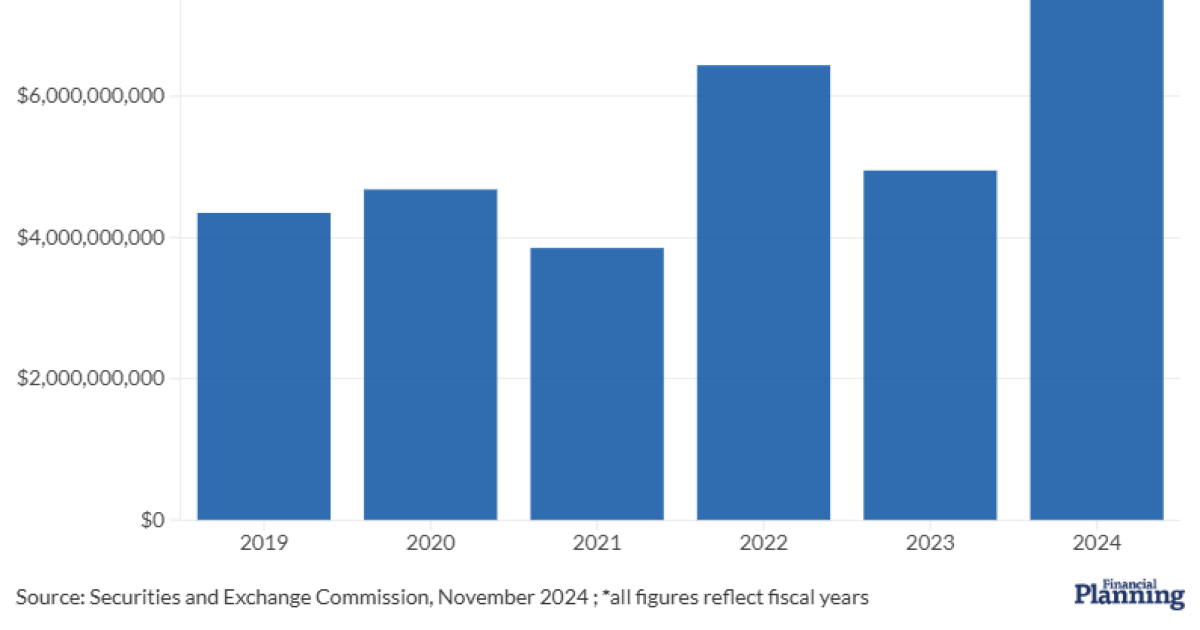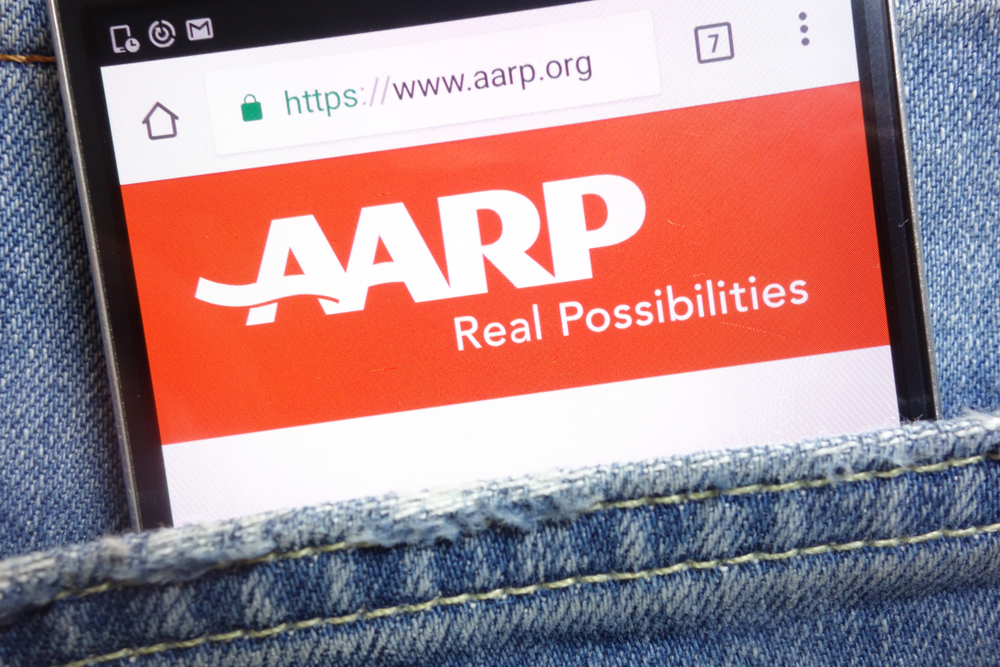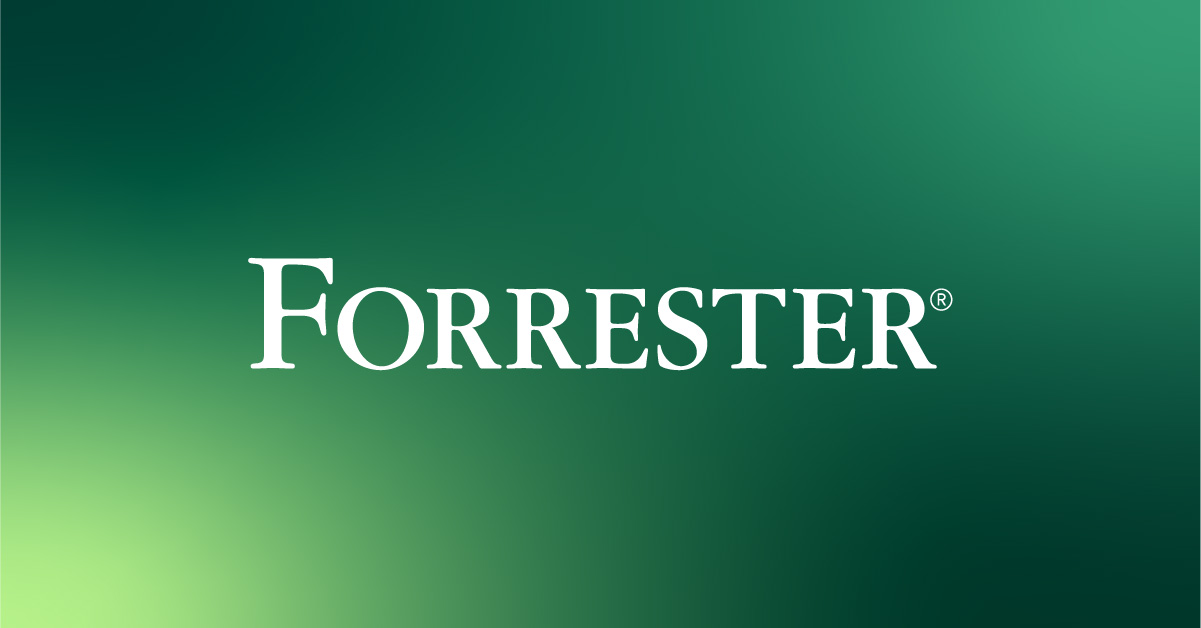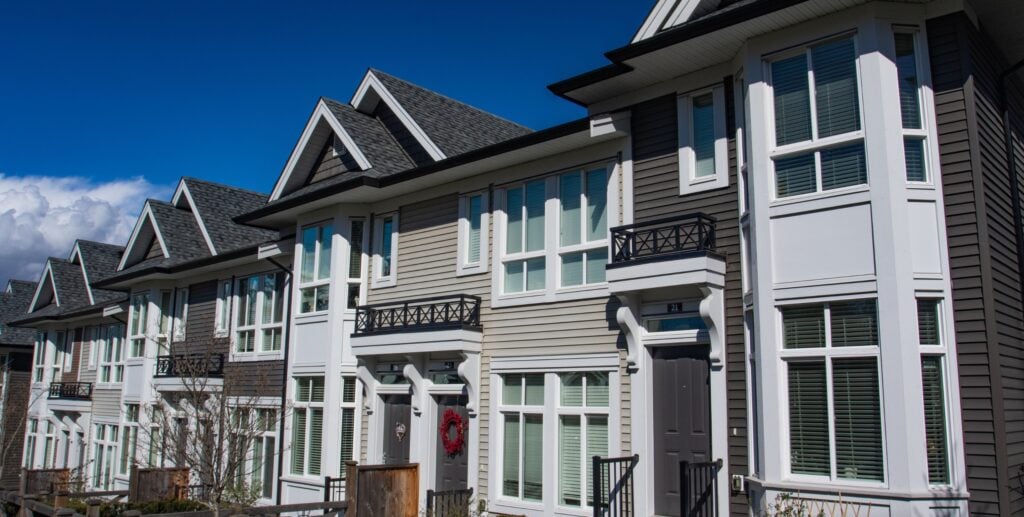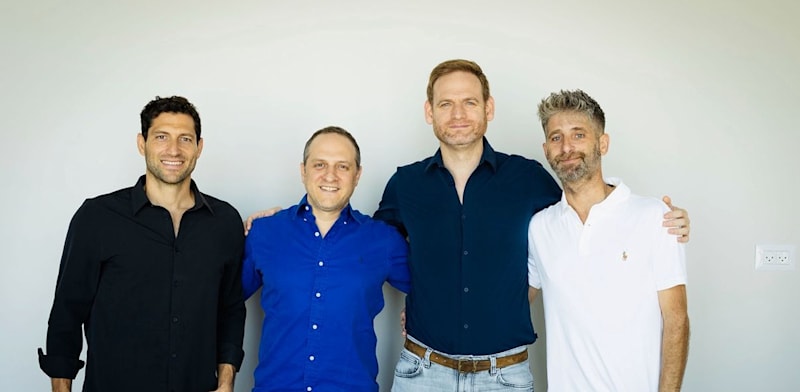Medicare Advantage enrollment has swelled over the past two decades, with a majority of seniors now opting for Part C over original Medicare. But changing preferences don’t extend evenly across the country, according to a new SmartAsset study.
The study, which looked at Medicare data for beneficiaries aged 65 and older, found that the share of seniors enrolling in Medicare Advantage ranged from just 2.8% in Alaska to more than 60% in states like Hawaii and Michigan. Nationwide, 54% of beneficiaries opted for a Medicare Advantage plan in 2025, according to KFF analysis.
In states like Alaska, experts say low Medicare Advantage enrollment figures have more to do with availability than preference.
“While the study didn’t specifically evaluate reasons for these choices, the low Medicare Advantage preference in Alaska, Wyoming and Montana is likely due to a low number of plan options,” said Jaclyn DeJohn, director of economic analysis at SmartAsset. “Because these states are majorly rural with small populations — and Medicare Advantage plans are offered by private companies — they are less likely to have the infrastructure, specialists and demand necessary to enable these private companies to operate profitably.”
But availability isn’t the only factor. In Wyoming, 100% of the state’s beneficiaries have access to at least one Medicare Advantage plan, according to KFF. Yet just 13% of the state’s beneficiaries are enrolled in an MA plan.
Some financial advisors suggest that such low enrollment may be a good thing, given the restrictions and unforeseen trade-offs that typically come with a Part C plan. Even so, the nationwide move toward Medicare Advantage keeps accelerating. As more seniors choose private Medicare, see which states are bucking that trend:







